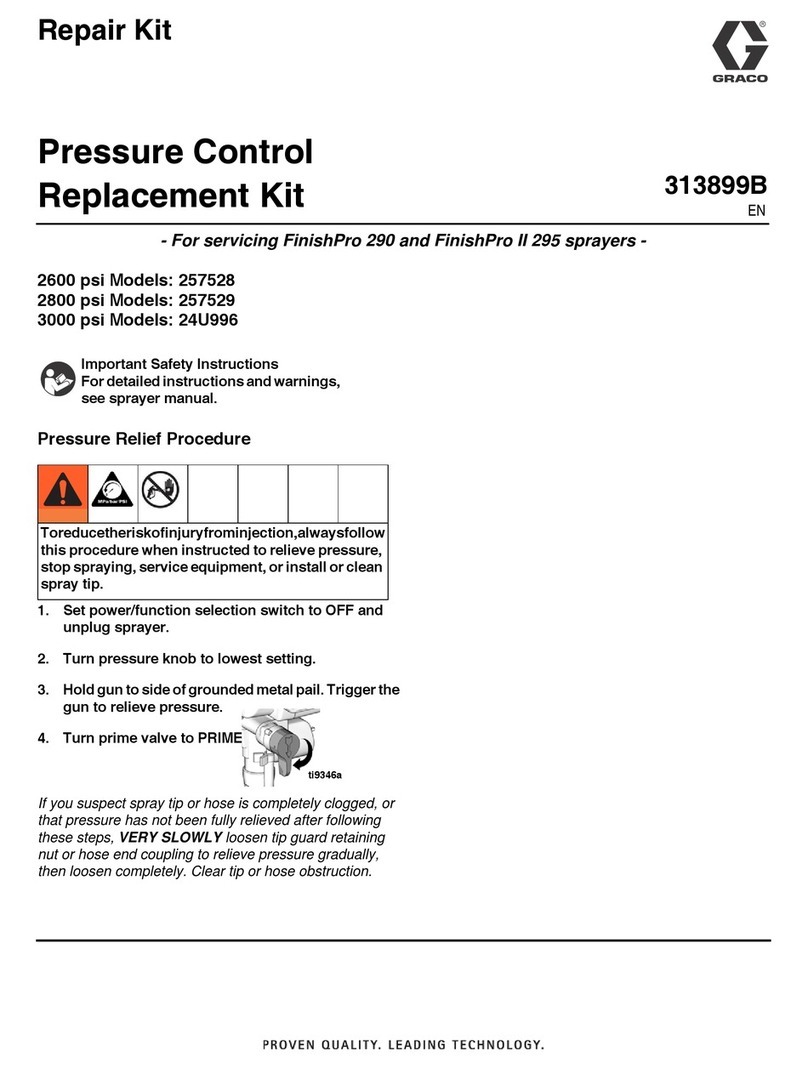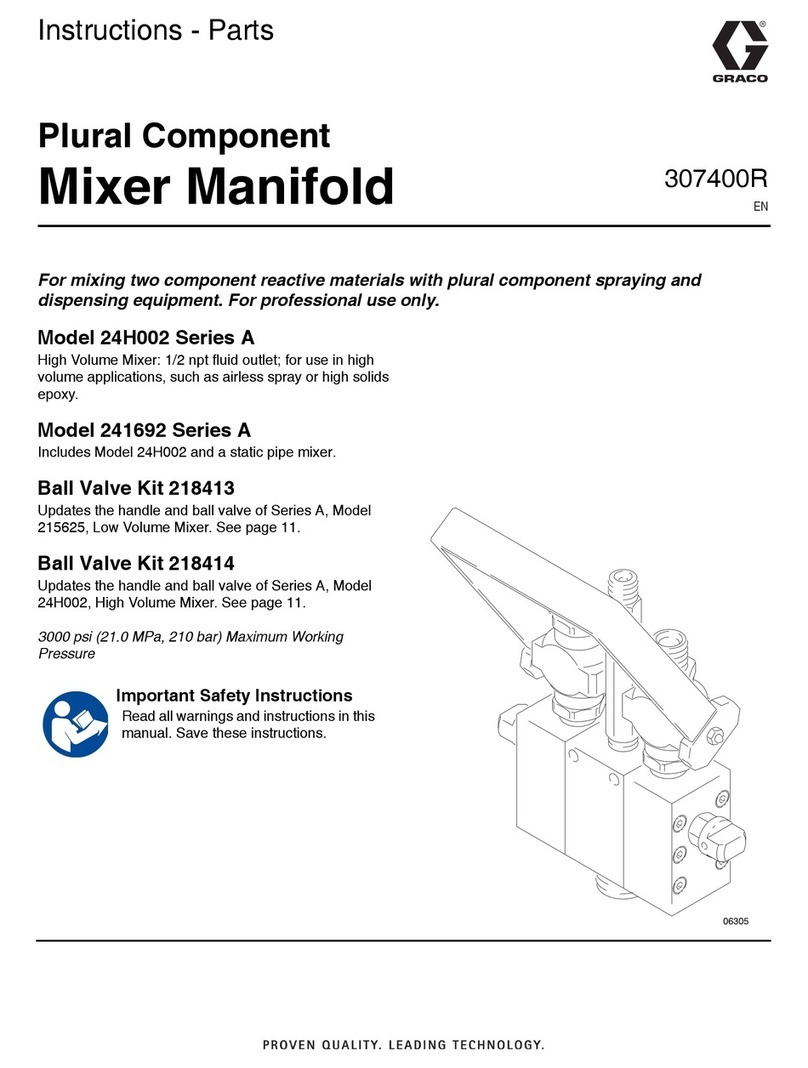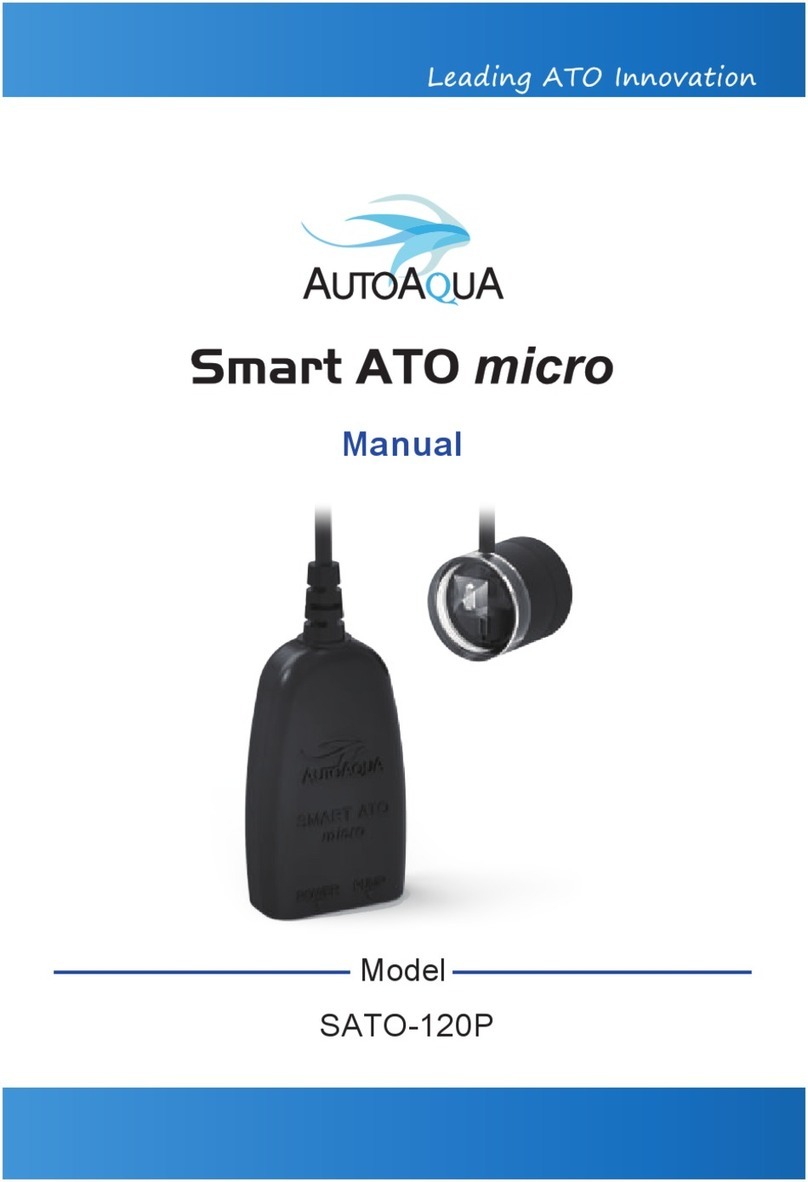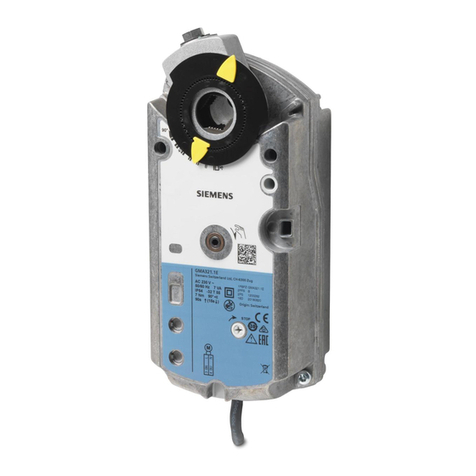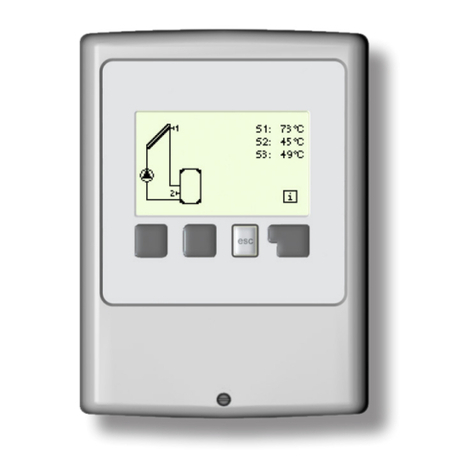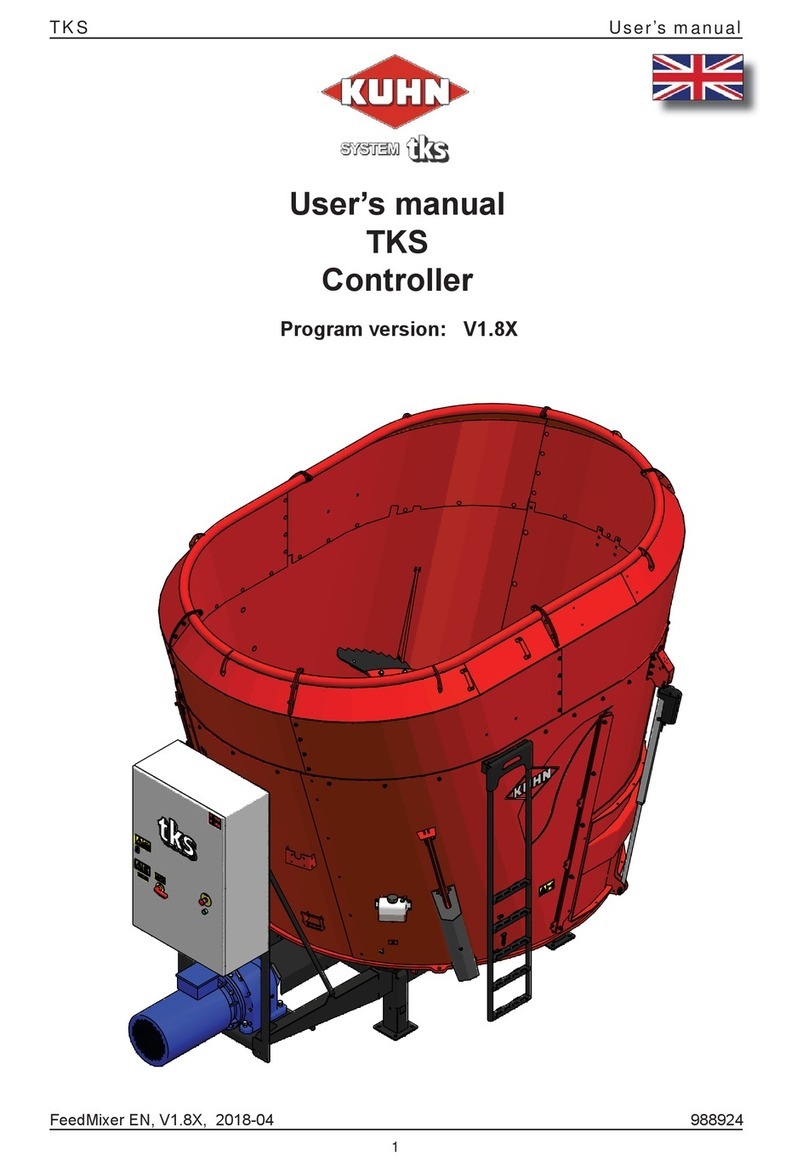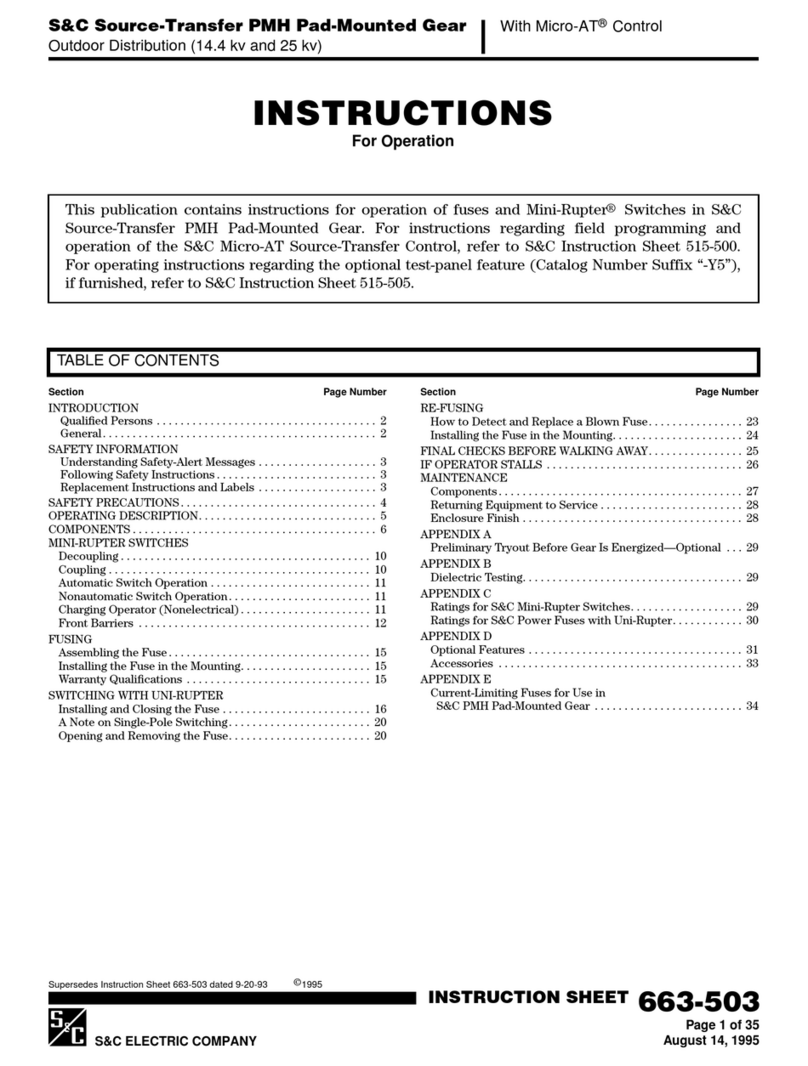Graco Series B Operation manual
Other Graco Controllers manuals
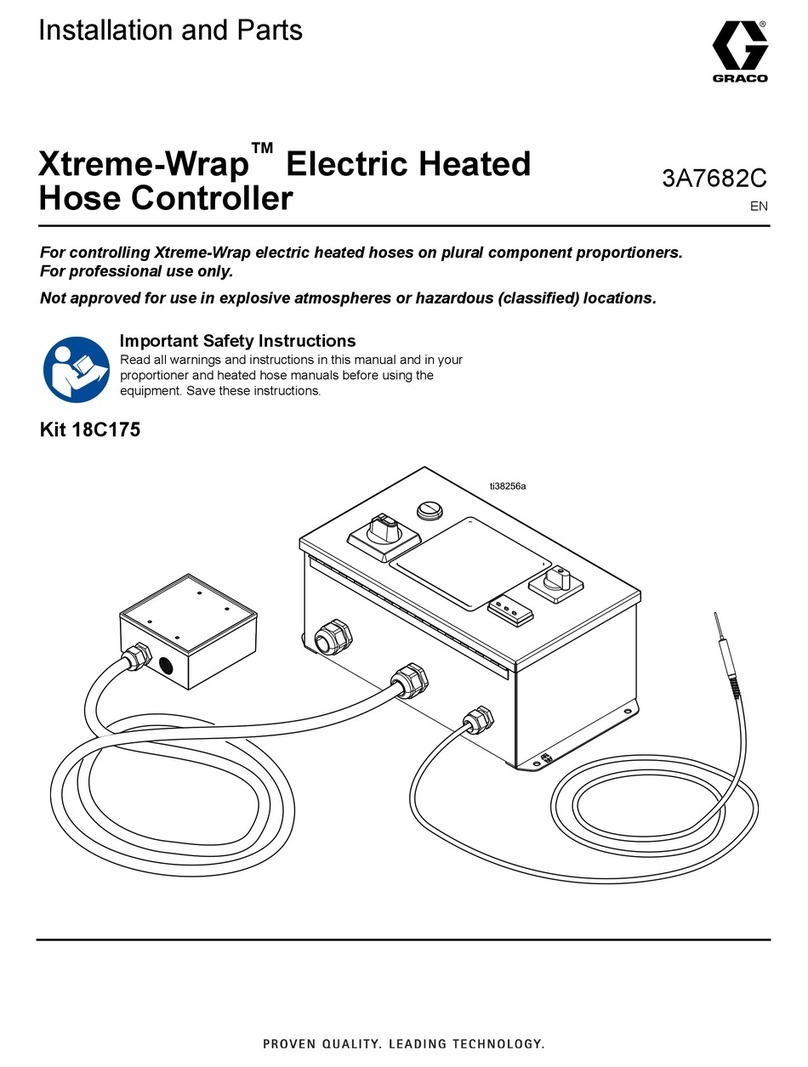
Graco
Graco Xtreme-Wrap 26C930 User manual
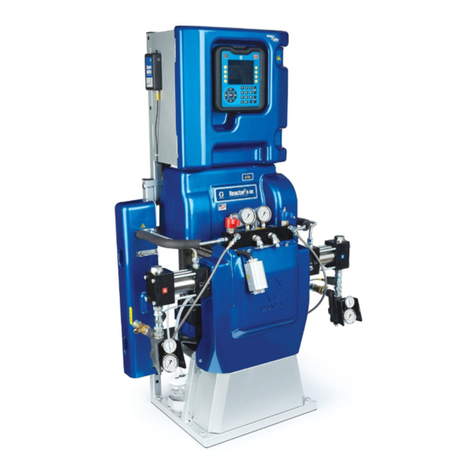
Graco
Graco Reactor 2 H-30 Operating instructions
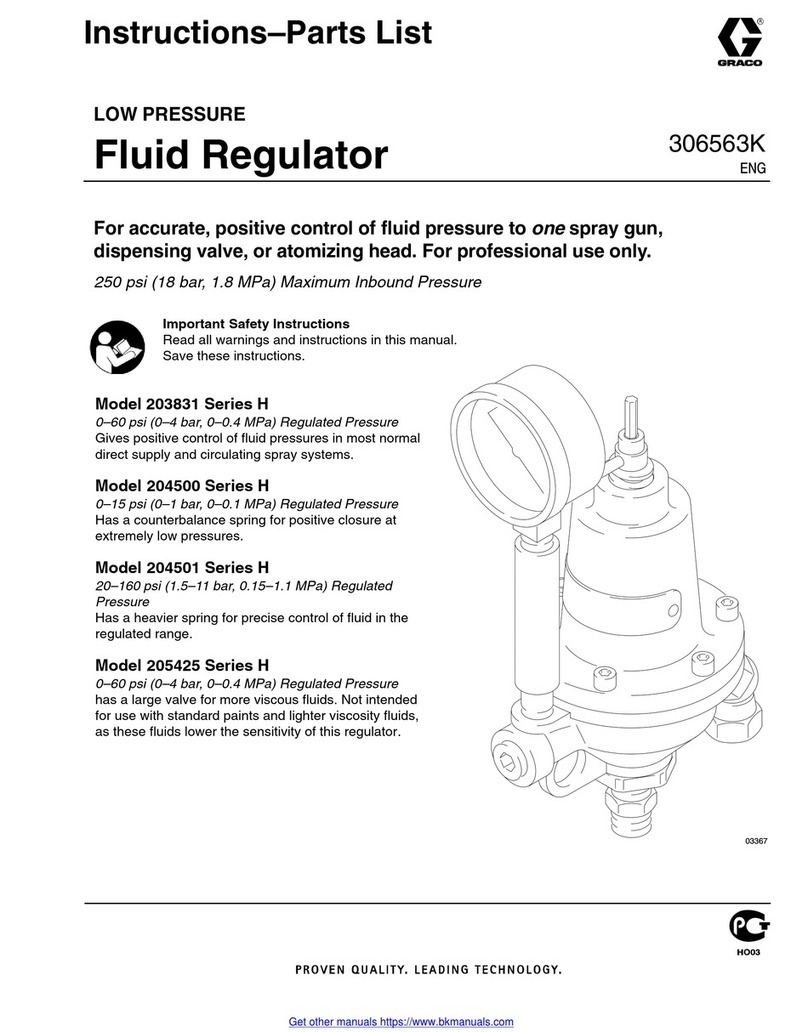
Graco
Graco H Series Operation manual
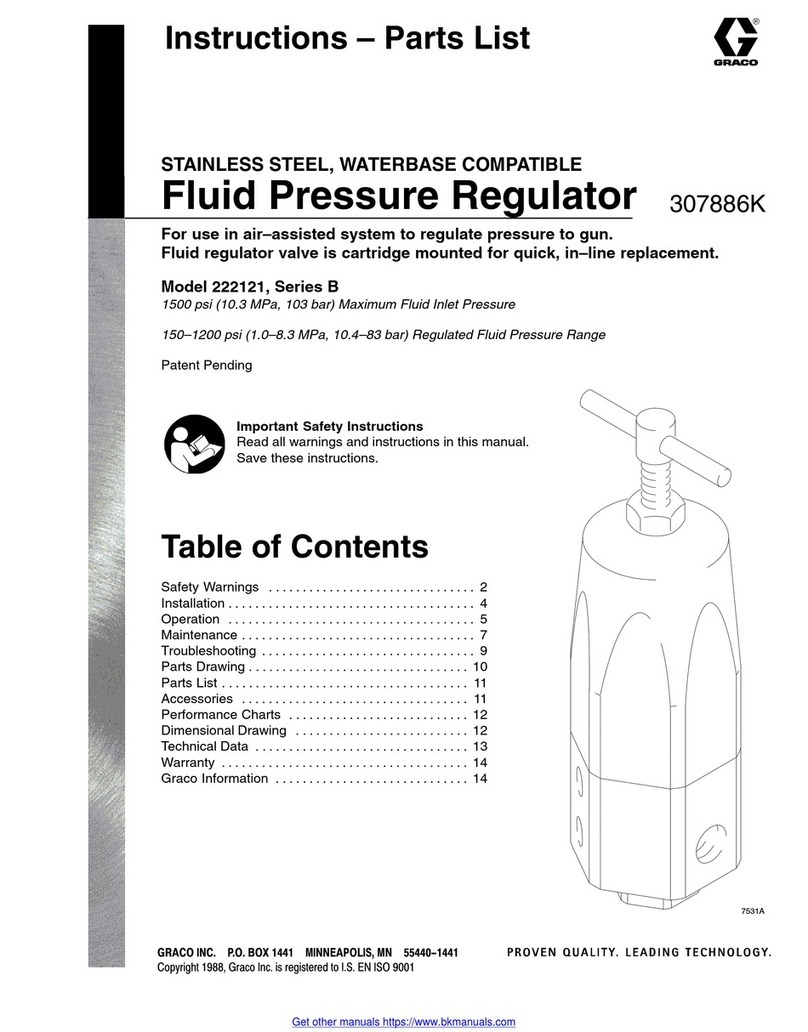
Graco
Graco Series B Operation manual

Graco
Graco Pro Xpc 24Y307 User manual
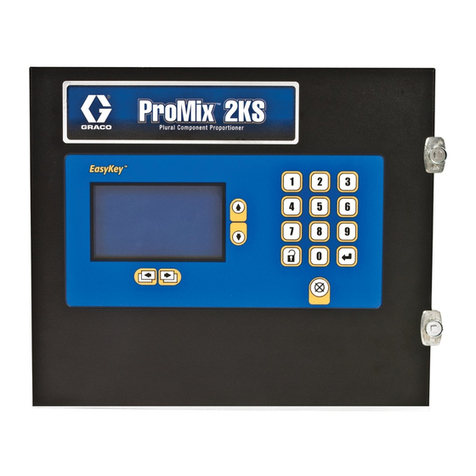
Graco
Graco ProMix 2KS Operating instructions
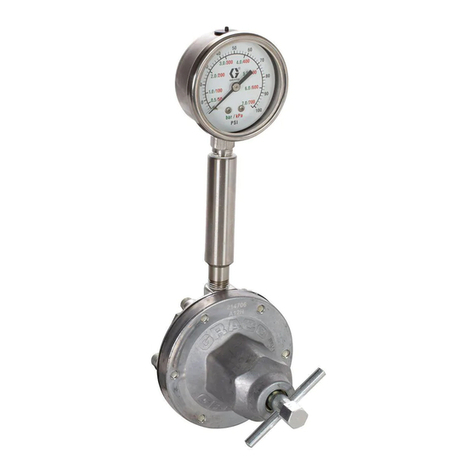
Graco
Graco 217314 Operation manual
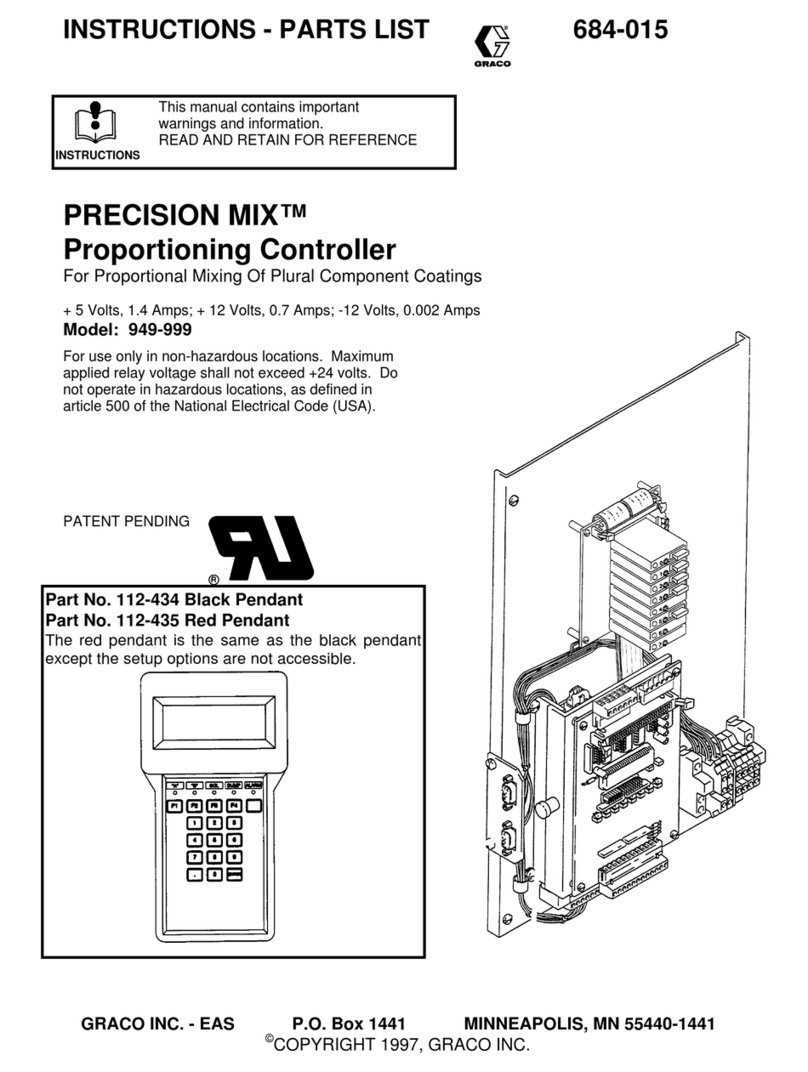
Graco
Graco PRECISION MIX 949-999 User manual
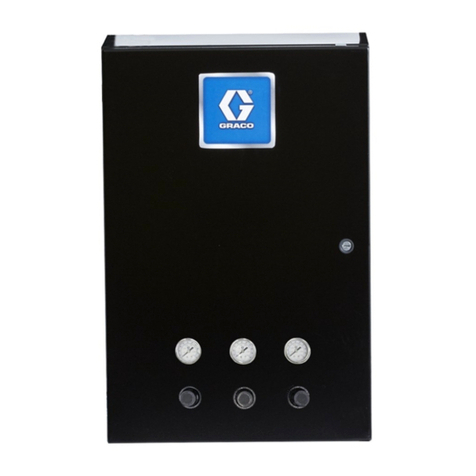
Graco
Graco ProBell 24Z221 Parts list manual
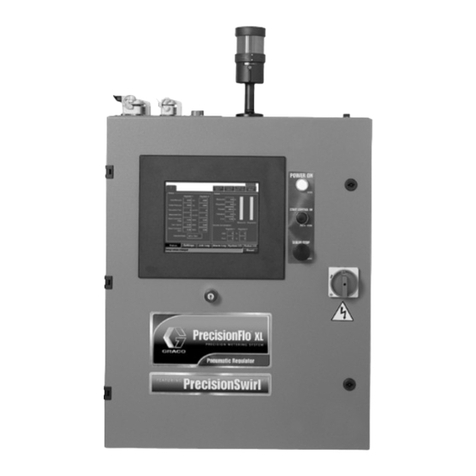
Graco
Graco PrecisionFlo XL User manual
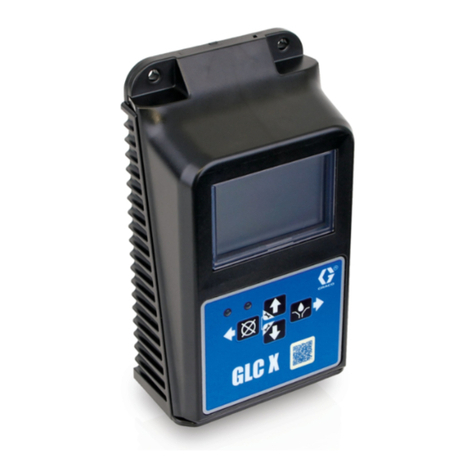
Graco
Graco 26A814 User manual
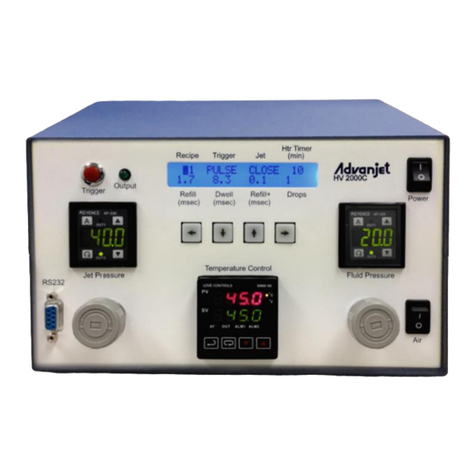
Graco
Graco Advanjet Diaphragm-Jet HV-2000 Manual instruction
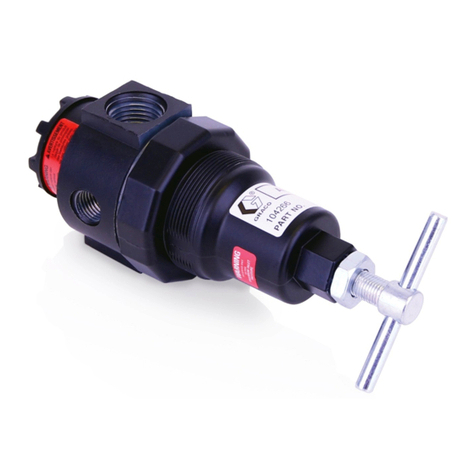
Graco
Graco 104266 User manual
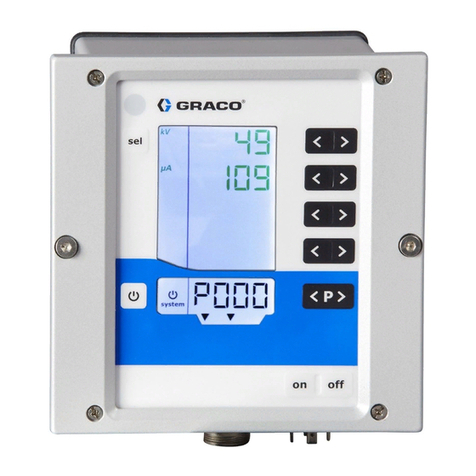
Graco
Graco ProBell Electrostatic Controller Parts list manual
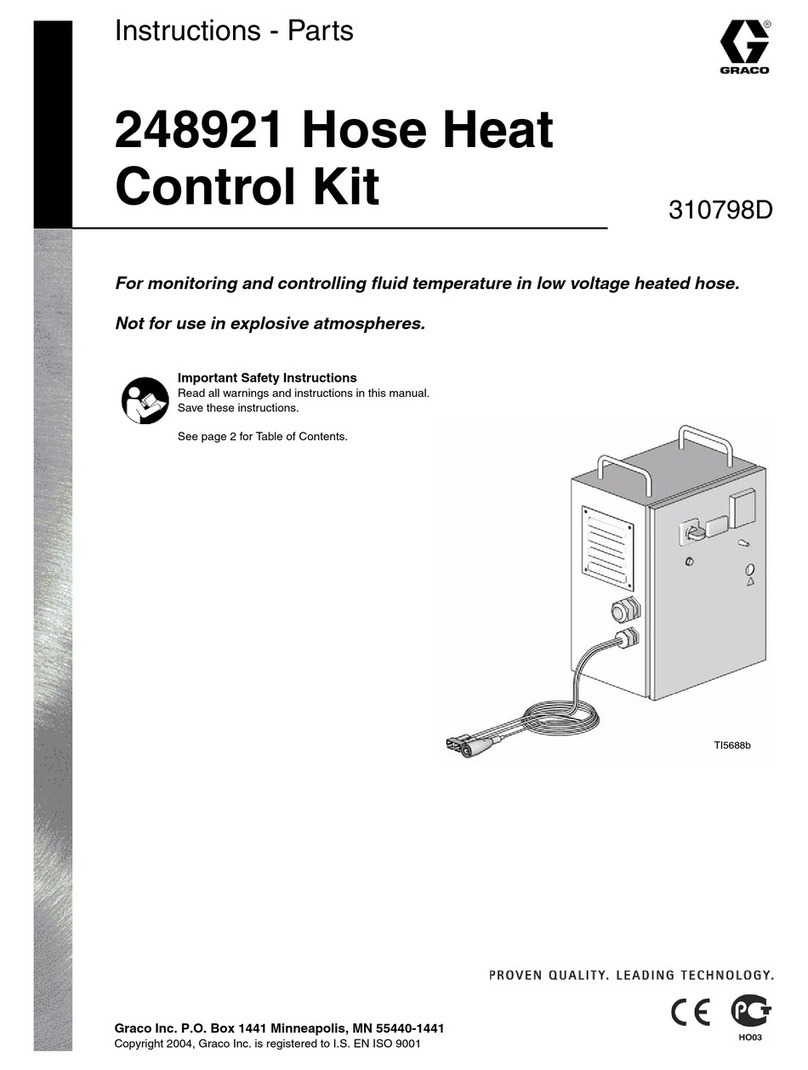
Graco
Graco 248921 310798D Parts list manual

Graco
Graco Harrier EZ-Batch User manual
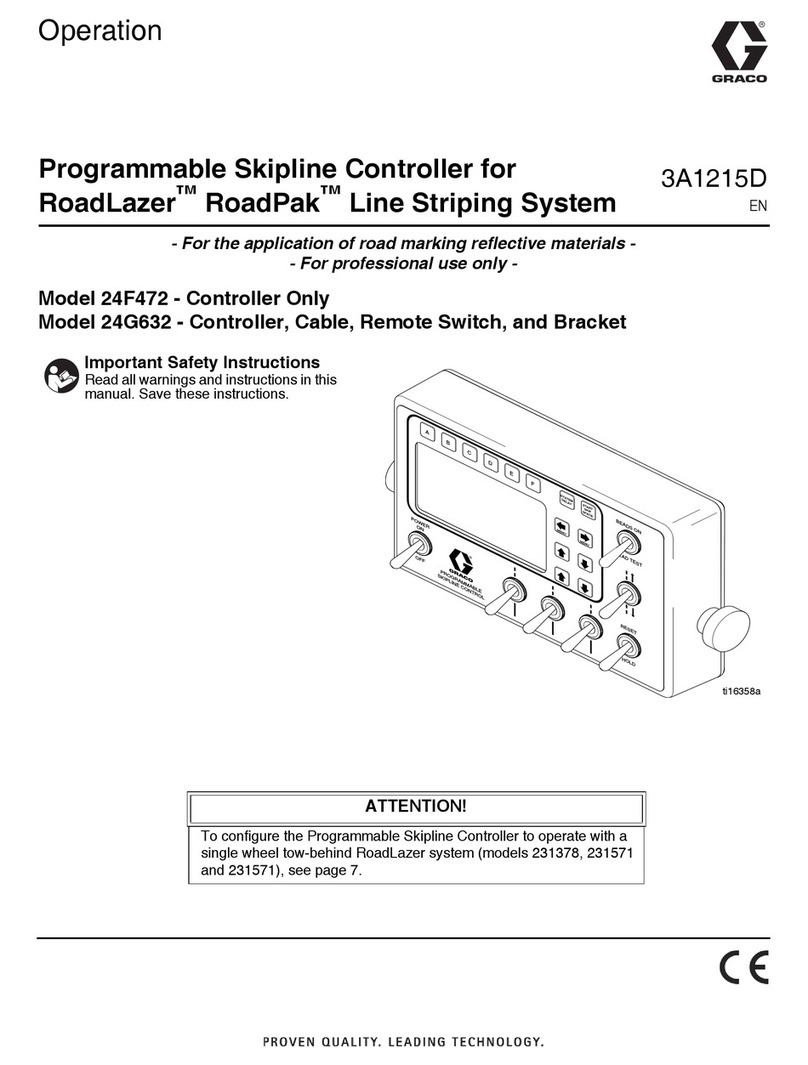
Graco
Graco 24F472 Instruction Manual

Graco
Graco Trabon LC-1000 User manual

Graco
Graco 289208 Operation manual

Graco
Graco 114-459 Operation manual
Popular Controllers manuals by other brands
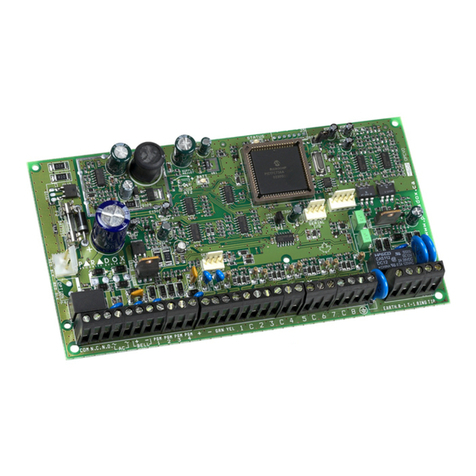
Digiplex
Digiplex DGP-848 Programming guide
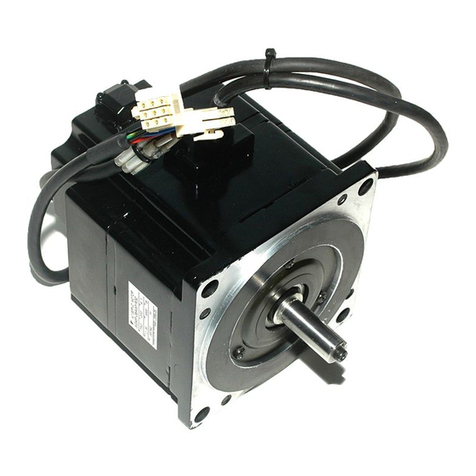
YASKAWA
YASKAWA SGM series user manual
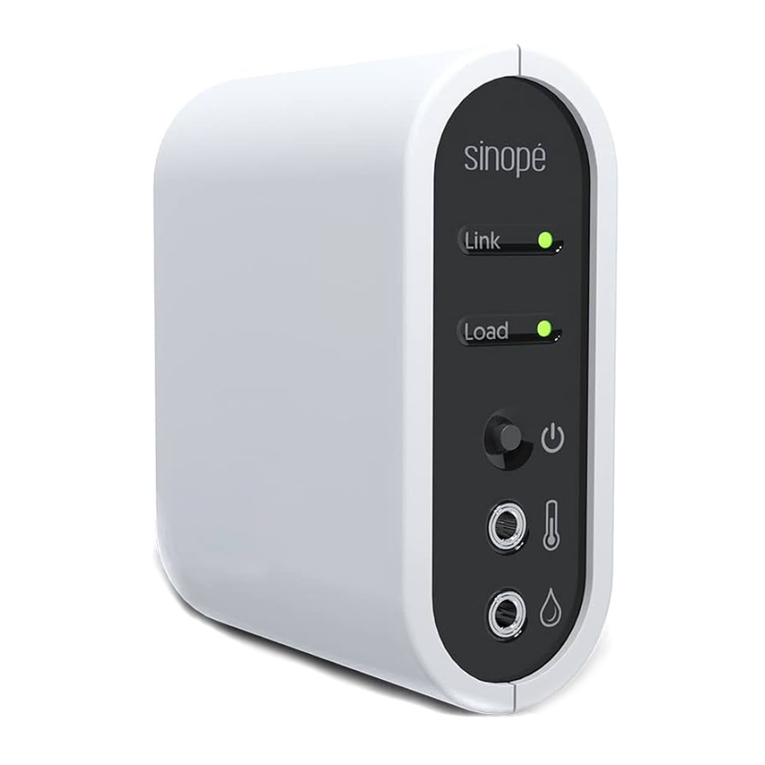
Sinope
Sinope Calypso RM3500ZB installation guide

Isimet
Isimet DLA Series Style 2 Installation, Operations, Start-up and Maintenance Instructions

LSIS
LSIS sv-ip5a user manual
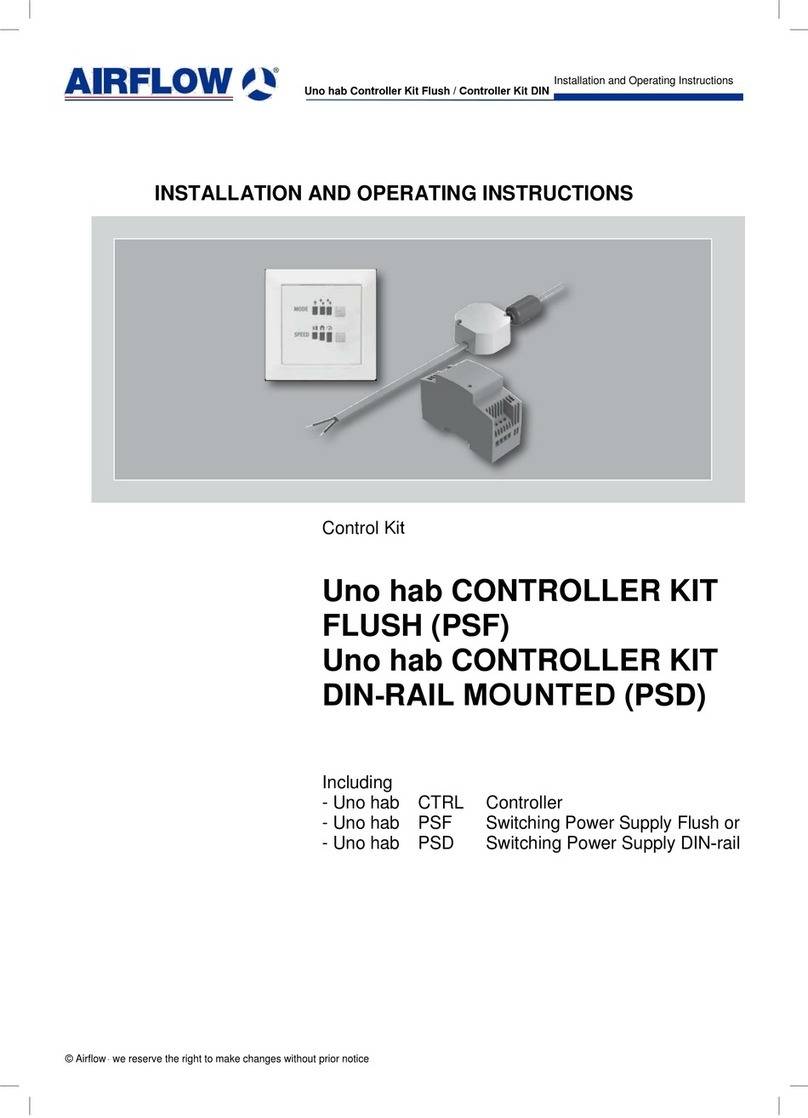
Airflow
Airflow Uno hab Installation and operating instructions
